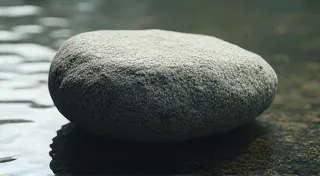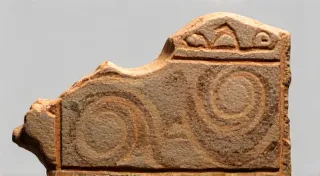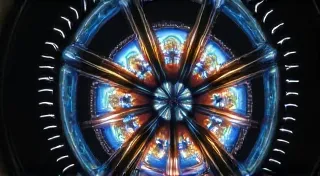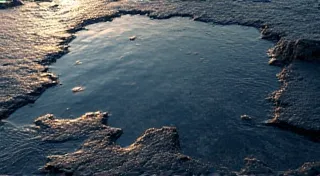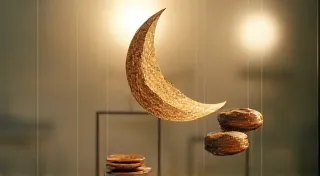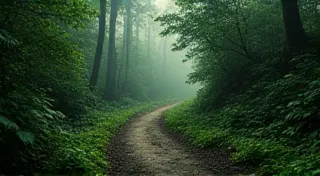The Veins of Earth: Tracing Mineral Narratives Through a Rockhounding Map
There's a certain melancholic beauty in an antique accordion. A silent orchestra folded into a compact shape, hinting at a past filled with music, laughter, and perhaps, even longing. It's a tangible connection to history, a whisper of craftsmanship, and a reminder that beauty often emerges from unexpected places – much like the minerals we seek when we venture out to rockhound. For me, the act of searching for minerals isn’t just about collecting pretty stones; it’s about tracing the stories held within the earth, understanding the geological narratives etched into the landscape. And a rockhounding map, more than just a guide to locations, becomes a portal to those narratives.

Beyond the Pinpoint: Reading the Land
Most rockhounding maps offer coordinates and a brief description – "Agate beds," "Quartz vein," "Fossiliferous shale." But to truly rockhound, you need to learn to read the land. Imagine an accordion – its bellows, carefully folded and precisely aligned, create the sound. Similarly, geological forces – tectonic plates shifting, volcanic eruptions, erosion – have meticulously shaped the rocks and minerals we seek. A seemingly random scattering of amethyst geodes isn't random at all. It’s the result of hydrothermal fluids circulating through fractured rock, depositing silica crystals over millennia.
Understanding the geological context significantly increases your success. For example, a map showing a "limestone quarry" isn’t just about finding limestone. It’s about understanding the ancient marine environment that formed that limestone – a warm, shallow sea teeming with life. It’s about recognizing that fossils are likely embedded within those layers, telling a story of vanished ecosystems. The map becomes a key to unlock that story, guiding you not just to the rocks, but to the echoes of the past. The meticulous arrangement of minerals, the way they interact and build upon each other, is almost a form of artistry. It's a concept that resonates deeply with other forms of artistic expression, and the dedication to preserving collections mirrors the devotion to preserving other cultural treasures, inspiring a feeling similar to experiencing The Collector's Codex: Unveiling the Secrets of a Mineral Library.
The Historical Context: A Miner’s Legacy
The history of rockhounding is intertwined with the history of mining. For centuries, prospectors and miners have sought valuable resources from the earth. Many rockhounding locations were once active mining operations, and remnants of that history – old shafts, tailings piles, and forgotten tools – can still be found. These remnants aren't just artifacts; they're tangible reminders of the human endeavor to understand and utilize the earth's resources. They’re testaments to ingenuity, perseverance, and the occasional heartbreak of a failed venture.
My grandfather, a seasoned coal miner in Appalachia, instilled in me a deep respect for the earth and the people who work it. He’s the one who first took me rockhounding, not for the gems themselves, but to understand the layers of history visible in the exposed rock faces. He’s the one who taught me to appreciate the silent labor of geological time and the echoes of human history etched into the landscape. He's also the one who taught me to find beauty even in imperfection, a theme that carries over to many facets of life, reminding one that strength and grace often emerge from unforeseen circumstances - a perspective easily appreciated when contemplating Fractured Facets: How Imperfection Fuels Artistic Brilliance in Lapidary and Prose.
Lapidary Techniques Tutorial: From Rough Stone to Beauty
Of course, finding the raw materials is just the beginning. The true magic happens in the lapidary's workshop. Lapidary techniques, whether you’re a tumbling rocks for beginners or an experienced jeweler creating custom jewelry, are an extension of the earth's slow, patient work. The initial cut reveals the inner beauty – the flash of color, the unique patterns, the crystalline structure hidden beneath the rough exterior. Cabochon making guide shows the artistry of shaping and polishing, transforming an ordinary stone into a miniature work of art.
Think of the accordion again. It's just a collection of metal, wood, and leather until a skilled craftsman assembles and tunes it, bringing forth the music trapped within. Similarly, the lapidary’s skill unlocks the beauty hidden within the stone. A simple tumble can reveal the vibrant colors of agate, while more advanced techniques can create intricate patterns and brilliant facets. Gem cutting equipment, from the basic rotary tool to sophisticated saws and polishers, are the tools of this transformation. The subtle shift in tone, the resonance of the wood - all point to a deeper harmony, a balance between material and execution. This echoes the profound feeling one experiences when contemplating color and its absence, recognizing how much is conveyed through what isn’t visible—a perspective eloquently explored in Achromatic Resonance: Finding Harmony in the Absence of Color.
Identifying Rocks and Minerals: A Geological Detective Story
Identifying rocks and minerals is like piecing together a geological detective story. Each rock tells a story of its origin – its composition, its formation, and its journey through time. A mineral collecting guide isn't just a list of names and chemical formulas; it's a key to understanding that story. Learn to identify the tell-tale signs – the crystal shape, the hardness, the cleavage, the streak – and you'll be able to decipher the geological narrative written in stone.
It’s a skill that blends science and artistry. Knowing the difference between quartz and calcite, between feldspar and mica, is crucial for understanding the geological context of your finds. And appreciating the subtle variations within a single mineral group—the range of colors in amethyst, the intricate banding in agate—is a testament to the earth’s infinite creativity. Understanding the interplay of these elements, the delicate balance of energies, can unlock a profound sense of calm and inspiration, qualities often sought and embodied through practices centered around specific minerals—a theme beautifully represented in works exploring their symbolic power.
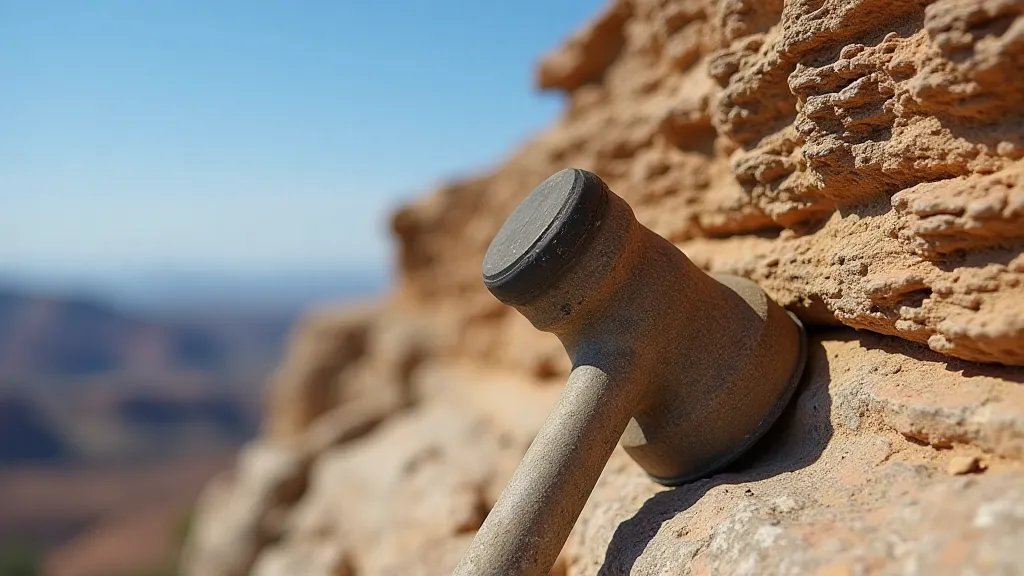
Geology Hobby Projects: Connecting with the Earth
Rockhounding isn't just about collecting; it's about connecting with the earth. Geology hobby projects – creating mineral displays, building rock gardens, studying local geology – are ways to deepen that connection. It's about appreciating the slow, inexorable forces that have shaped our planet and the incredible beauty that has emerged from that process. Understanding these intricate systems and processes often involves delving into the emotional and spiritual qualities that are associated with specific stones - a perspective further illuminated by works exploring the link between gems and personal growth.
There's a quiet satisfaction in knowing that you're not just admiring a beautiful stone; you're holding a piece of Earth’s history in your hand, a tangible link to the deep time that stretches back millions of years. And just as a restored antique accordion can evoke the music of a bygone era, a carefully curated mineral collection can tell a story of the earth’s enduring beauty and resilience. Some believe that certain stones possess inherent qualities that can soothe the soul and inspire creativity—a comforting idea when facing life's challenges. The gentle, nurturing energy often associated with rose quartz, for example, highlights the potential for healing and self-discovery through connection with the earth—a theme intricately explored in The Rose Quartz Whisper: A Guide to Compassion and Creative Flow.

The Earth’s processes are often felt more than understood. The slow, grinding of glaciers, the subtle creep of tectonic plates – these are forces that dwarf human comprehension. And yet, within these vast movements, there is a delicate balance, a beauty that demands our attention and respect. Understanding this requires not just scientific knowledge but also a willingness to embrace the mystery, to appreciate the power of the unseen. This holistic approach to understanding the earth—integrating knowledge with intuition—is essential for fostering a deeper connection with the natural world. A truly comprehensive understanding of these concepts invites a level of introspection and awareness which can unlock hidden pathways towards greater personal well-being.
So, the next time you consult a rockhounding map, remember that it's more than just a guide to locations. It's a portal to a world of geological narratives, historical legacies, and artistic possibilities. It’s a chance to trace the veins of earth, and discover the stories held within.
